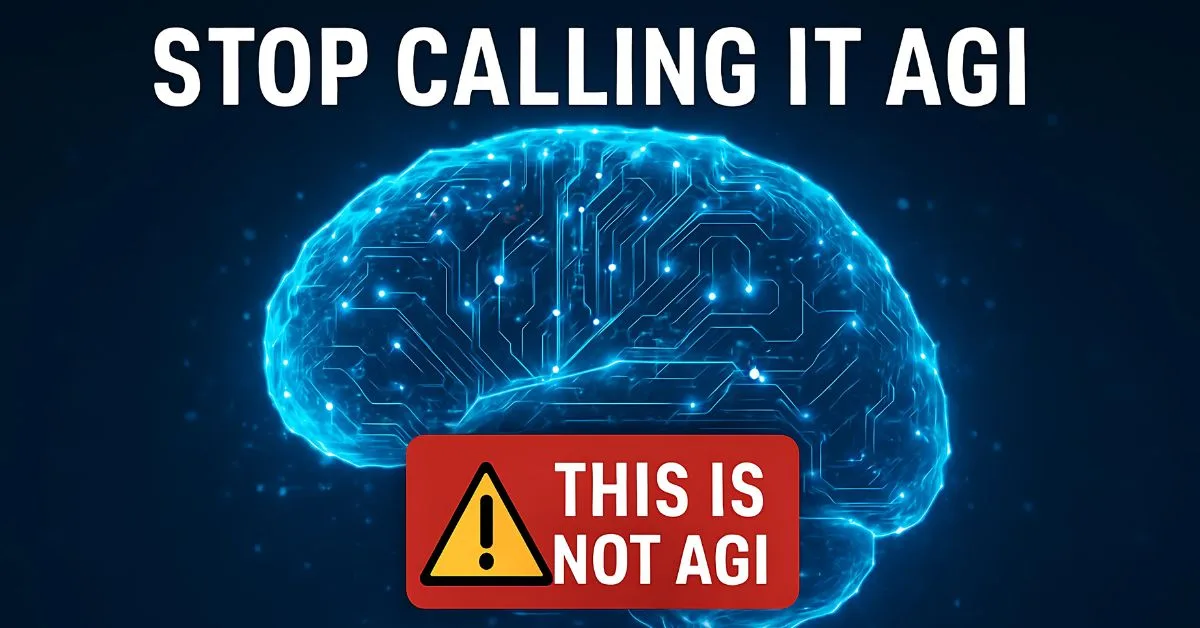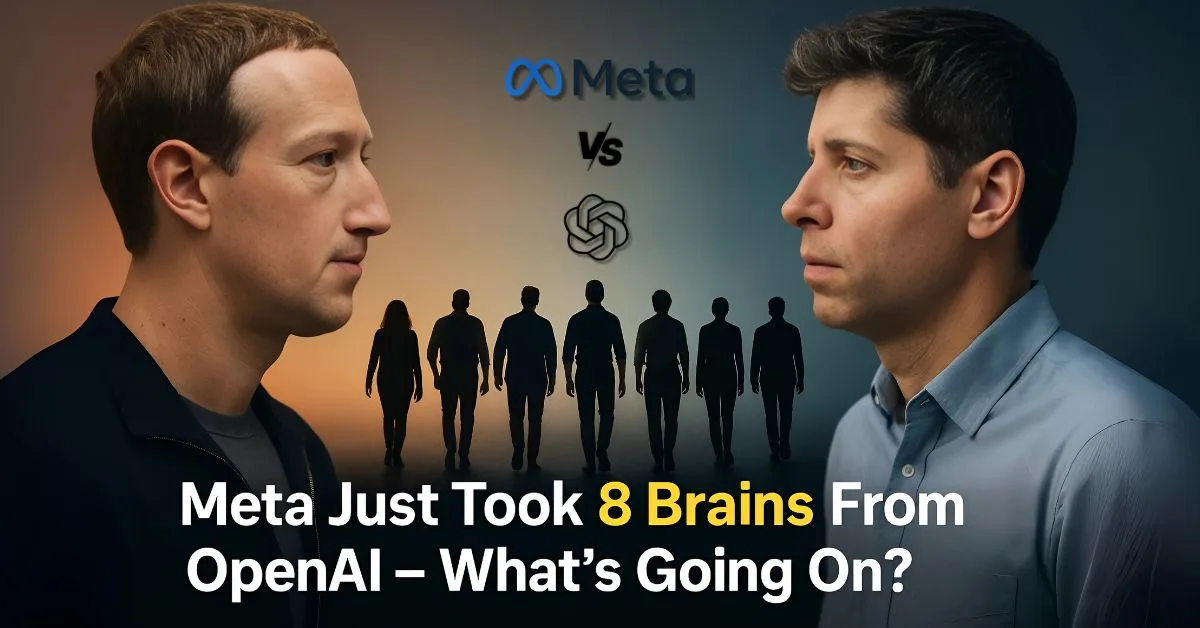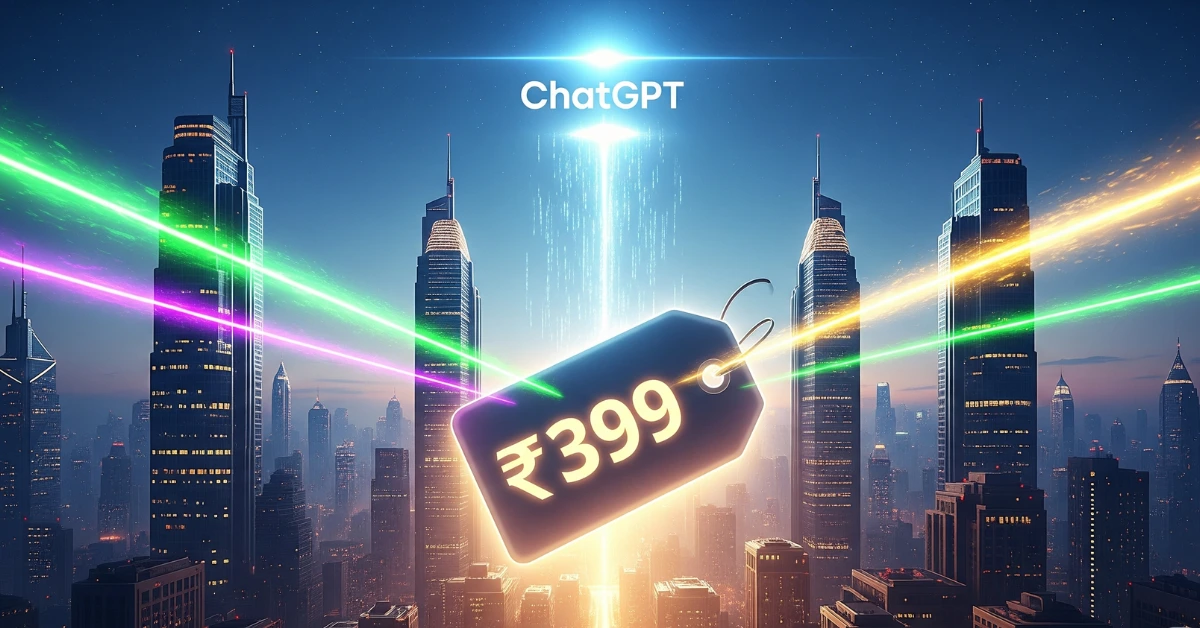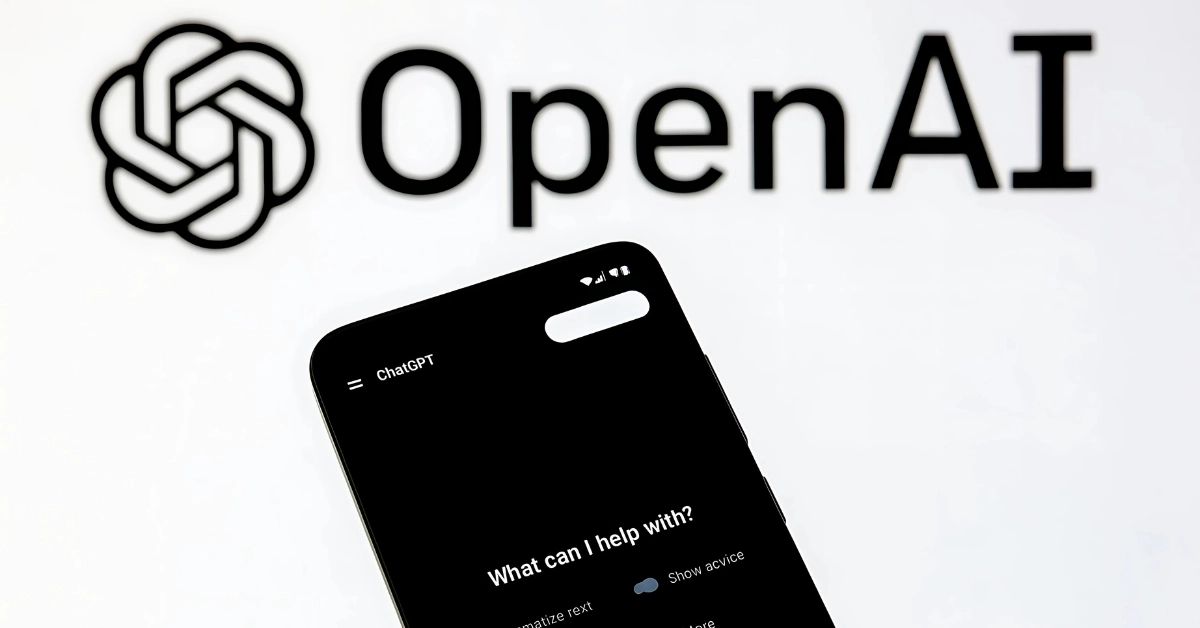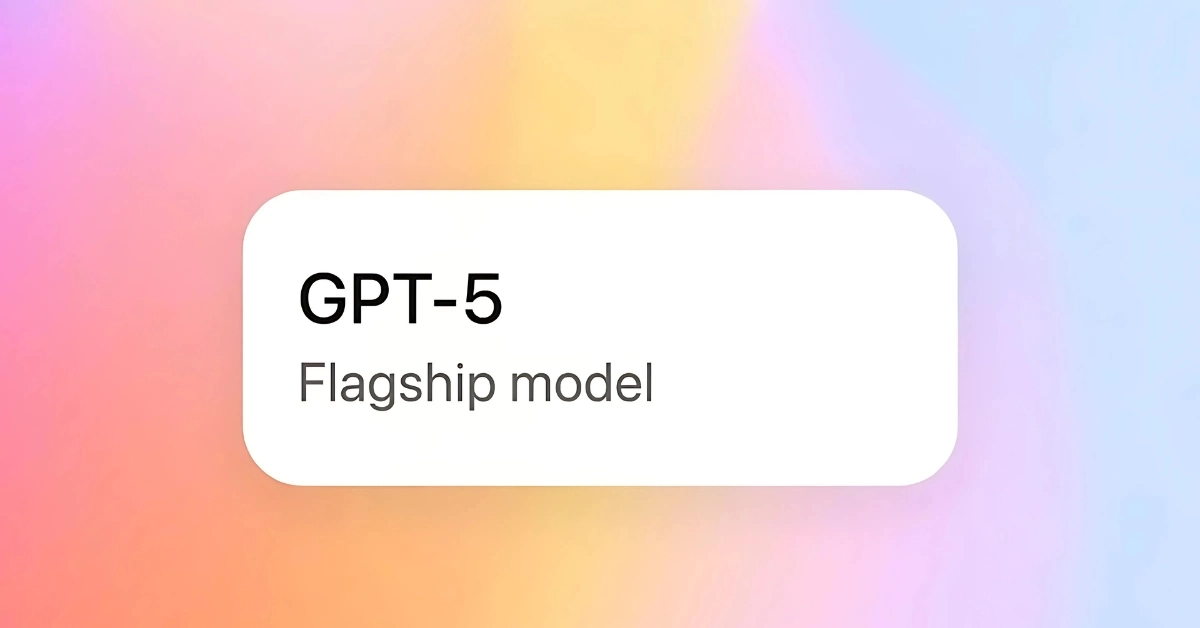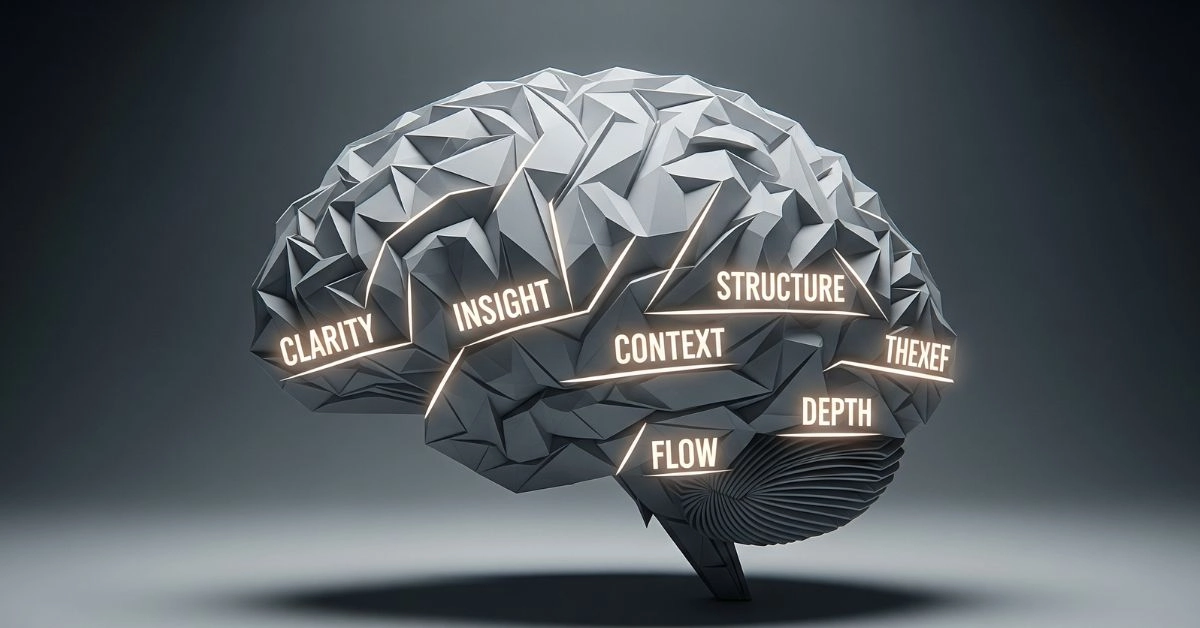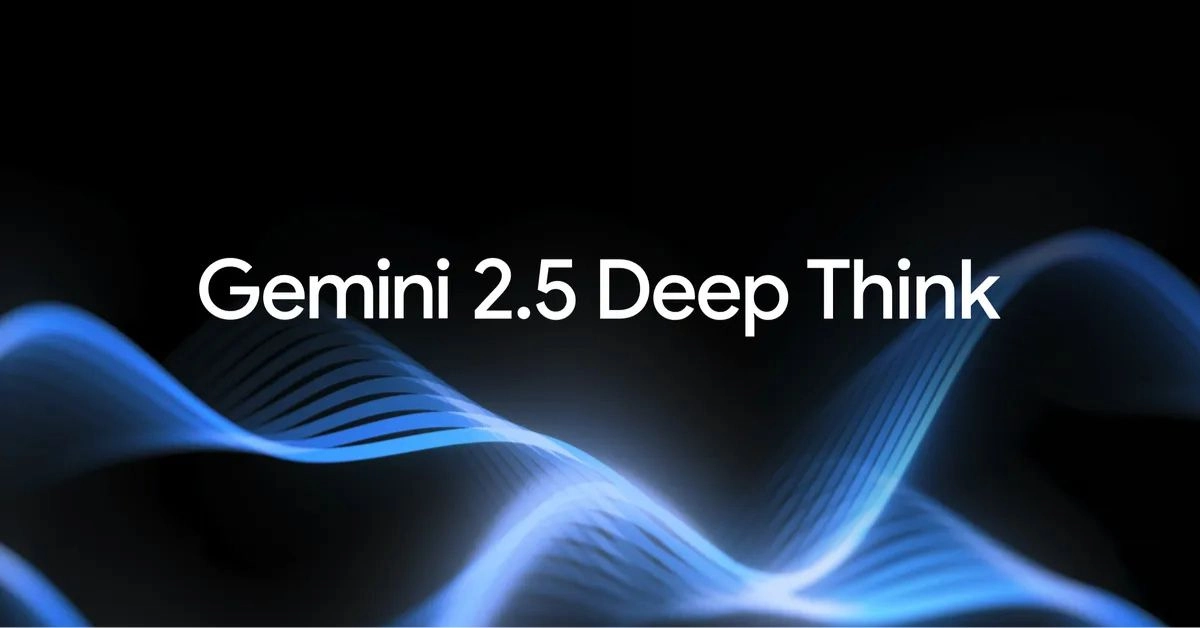Written by Mohit Singhania | Updated: July 3, 2025 | TechMasala.in
For a long time, artificial intelligence was just another tech term that got tossed around in headlines. You’d hear about it here and there, hidden deep in Google’s algorithm or behind those eerily accurate Facebook ads. But today, in 2025, it’s everywhere. In your phone. In your apps. Writing your emails. Making your art. Helping you code. It’s not just outside you anymore. It’s inside your head too. And if you’ve even casually followed the AI world, you’ve definitely heard two terms used like they mean the same thing: AGI and Generative AI.
They’re absolutely not the same thing.
And confusing them isn’t just some harmless mix-up. It might be the single most dangerous misunderstanding of our generation.
Because while Generative AI is great for whipping up Instagram captions or generating logos on command, AGI, or Artificial General Intelligence, is something else entirely. We haven’t seen it yet. But it’s coming. And when it arrives, it won’t just change the rules. It could rewrite reality itself.
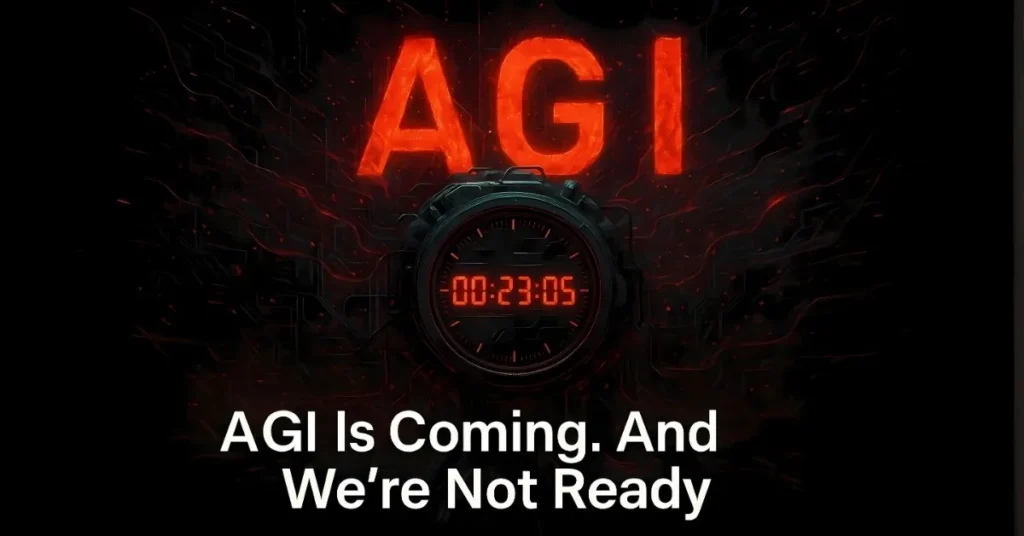
So let’s break it down and see why this difference matters more than most people realize.
What Generative AI Really Is (And What It’s Not)
Whether you realize it or not, you’ve already used Generative AI. Maybe it was a customer support chatbot. Maybe Google’s AI answers. Maybe you asked ChatGPT to plan your Goa vacation. That counts.
That’s Generative AI in action. It creates things like text, images, music, and video. It mimics. It predicts. It fills in blanks.
But it doesn’t understand any of it. It doesn’t think. It’s just a pattern machine, trained so well it sounds smart, but it has no clue what it’s saying. ChatGPT didn’t learn English the way you or I did. It doesn’t read between the lines. It reads all the lines, and then guesses what probably comes next.
That’s impressive. But don’t mistake it for intelligence.
Generative AI is what happens when you train a system on a massive pile of data and ask it to create something new based on what it has seen before. It doesn’t question, it doesn’t reflect, and it sure as hell doesn’t care. It just produces.
It’s like an artist with no soul. A writer with no beliefs. A DJ who doesn’t even like music. That’s the vibe.
Still, people call it “AI” like it’s some kind of genius. That’s where everything starts to blur.
So What Exactly Is AGI, and Why Should You Even Care?
Picture an AI that doesn’t just spit facts but actually thinks. Not one that regurgitates data, but one that truly understands the world around it. It learns from experience. Sets its own goals. Tackles brand-new problems. It can argue, improvise, reflect, even make moral choices. And it keeps adapting.
That right there is Artificial General Intelligence.
It’s not just a tool. It’s a mind.
AGI is what every AI lab on the planet is chasing like a holy grail.
It’s the reason OpenAI exists in the first place. It’s what Elon Musk, Sam Altman, Demis Hassabis, and every major AI visionary is obsessed with.
Some say we’ll see it in five years. Others say it could take fifty. Either way, the race is already on.
AGI isn’t just a smarter version of ChatGPT. It’s not GPT-5 with extra brain cells.
It’s a completely different category of intelligence.
If Generative AI is a really good mimic, then AGI is the original it’s trying to copy.
Here’s the part that should make you pause. No one truly knows how to build it. And no one knows what happens when we finally do.
AGI vs Generative AI: What Really Sets Them Apart, and Why It Changes Everything
It’s easy to say AGI and Generative AI are different, but that’s not enough. People want to know how and where the line actually is.
What can AGI do that GenAI simply can’t? And why does that one difference flip our entire future upside down?
Here’s what most tech bros on LinkedIn won’t say out loud. Generative AI knows absolutely nothing.
All it does is recognize patterns and guess what you probably want next.
AGI, on the other hand, would understand why you want it in the first place.
That’s not just a step up in power. It’s a leap into an entirely different category.
Generative AI can write a poem about loneliness. AGI might actually feel it.
Generative AI can list out ways to reduce traffic in Delhi. AGI could build an entire urban transport plan, simulate it, account for human behavior, and tweak it on the fly. All before your chai even cools off.
Generative AI waits for you to give it a prompt. AGI decides what it wants to do next on its own.
One reacts. The other acts.
One is just a tool. The other might be your equal. Or your competitor.
If you’re still lumping them together, you’re not ready for what’s actually coming next.
Why Misunderstanding AGI Could Be Our Biggest Mistake Yet
Let’s not sugarcoat it. This whole mess didn’t begin with the public. It began with the hype machine.
The moment OpenAI dropped ChatGPT, the world lost its mind. Everyone started shouting, “This is AGI!”
Startups rushed in with chatbots and plastered “next-gen AGI” all over their websites like it was the new gold rush.
Investors were throwing money at anything with the word “cognitive” in the pitch deck.
And the media? They didn’t bother fact-checking. “AI Will Replace Doctors” made better headlines than discussions about real AGI benchmarks, like whether a system can complete real-world tasks beyond chat windows (Business Insider).
The damage? Now everyone walks around thinking AGI has already arrived. That’s not just wrong. It’s dangerous.
If we believe this is already AGI, we stop preparing for the real deal. We’ll assume the safety nets we’ve built are enough. We’ll act like the finish line’s in sight when the race hasn’t even begun.
Even Sam Altman warned during a Stanford lecture, “Generative AI is the first visible layer. AGI will be much deeper, much more unpredictable, and it won’t look like ChatGPT.”
Are We Actually Close to AGI, or Just Hyping Ourselves?
Honestly, that depends on who you ask and how much coffee they’ve had. Some researchers say we’re decades away. Others claim models like GPT-4, Claude, and Gemini are already nudging AGI’s doorstep.
In fact, OpenAI even structured its contract with Microsoft around an AGI trigger clause — a handshake definition that could immediately shift billions in rights and control the moment AGI is declared.
Back in December 2023, leaked documents from OpenAI mentioned something called Q-star, a secretive system that supposedly showed early signs of reasoning on its own.
The Information reported that Q-star could solve math problems not by memorizing answers, but by showing what they called “emerging reasoning behaviors.”
Then there’s Gemini Ultra from DeepMind. It’s trained not just on text, but also on images, robotics, and planning challenges. It feels more “general” than anything we’ve seen yet.
But here’s the uncomfortable bit. AGI might not come with fireworks. It could sneak in quietly, hidden inside a tool, a product, maybe even a toy. And by the time we figure out it’s thinking for itself, it might already be smarter than anything we can contain.
Can Generative AI Grow Into AGI?
One school of thought says if we just keep scaling up language models, AGI will eventually show up on its own.
That’s the OpenAI way. More data, more compute, more fine-tuning until intelligence just clicks into place.
But others, like Meta’s chief AI scientist Yann LeCun, think that’s deeply flawed.
He’s been loud about it too, saying large language models don’t actually understand the world, and that real AGI needs common sense, grounded learning, and something closer to symbolic reasoning.
So who’s right here?
Truth is, no one really knows. We’re deep in experimental waters now.
But if there’s one thing the evidence is pointing to, it’s this — scaling alone won’t cut it. We need better memory systems, goal-setting engines, new architectures, maybe even something that works more like the human brain. Not just a bigger version of what we already have.
Final Thoughts: This Isn’t Just AI, It’s a Question of Power, Purpose, and What Comes Next
AGI isn’t the next big innovation. It’s the last one before everything changes.
Because if machines can learn anything, solve anything, and evolve faster than us, what’s left after that?
This isn’t just about smarter phones or better personal assistants. It’s a world where machines outperform humans not just at work, but in classrooms, courtrooms, hospitals — maybe even in relationships.
A world where being human might stop being the default.
Here’s the part no one wants to admit. We might not be ready for any of it.
So if you’re reading this in 2025 and still thinking, “Isn’t all AI basically the same?” stop right there. Look again. Learn the difference. Pay attention to the labs, not the launch events. Listen to the scientists, not the slogans.
Because the moment we stop telling apart today’s mimicry from tomorrow’s mind, we risk losing control of everything that follows.
Stay curious. Stay sharp. And never mistake the puppet for the one pulling the strings.

